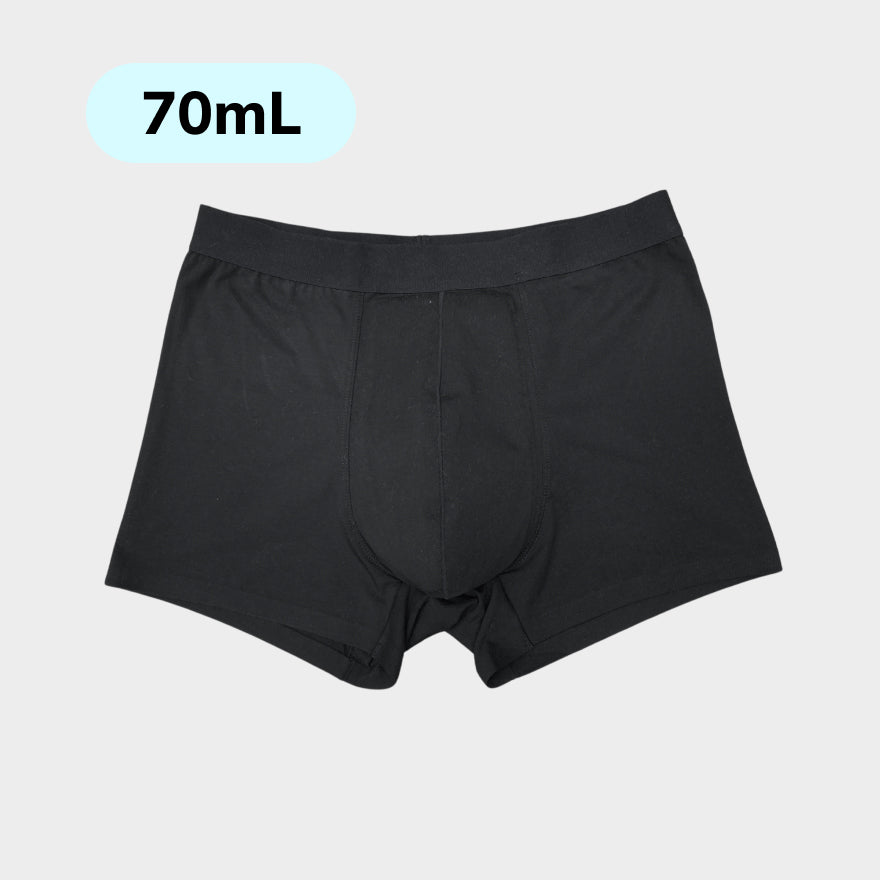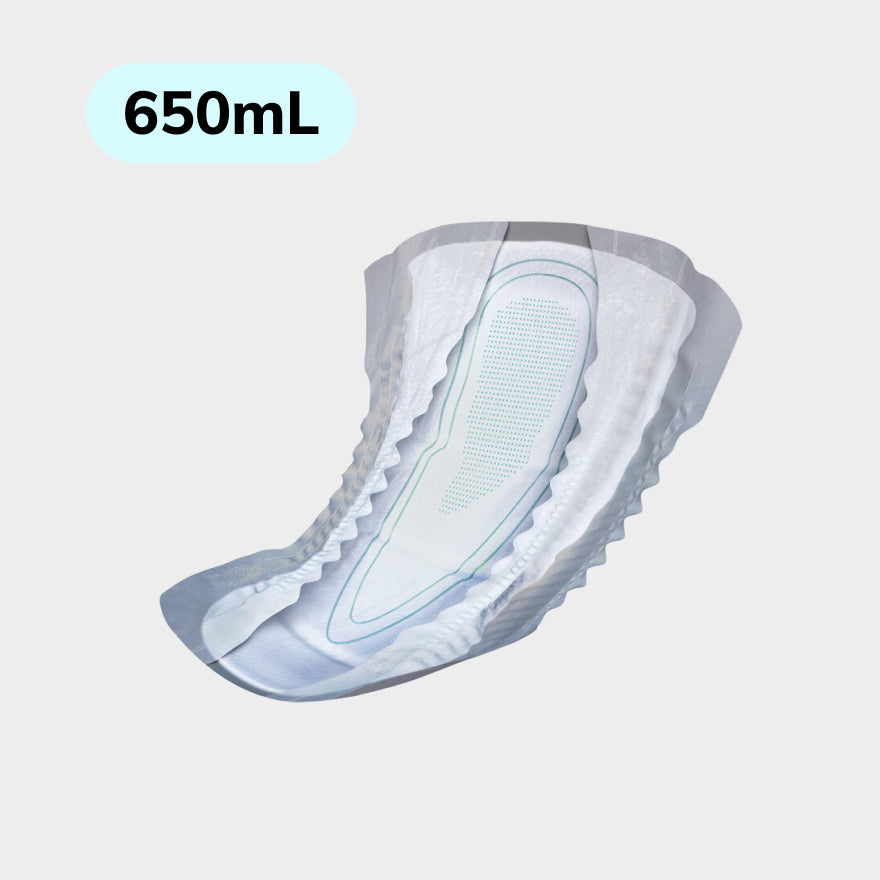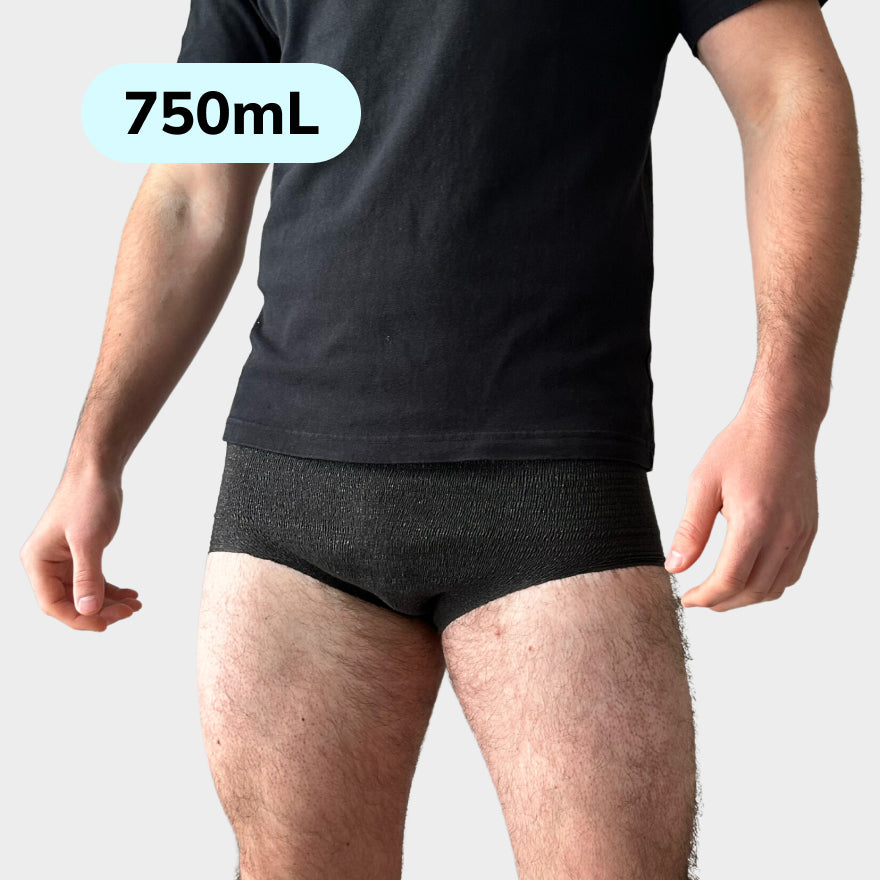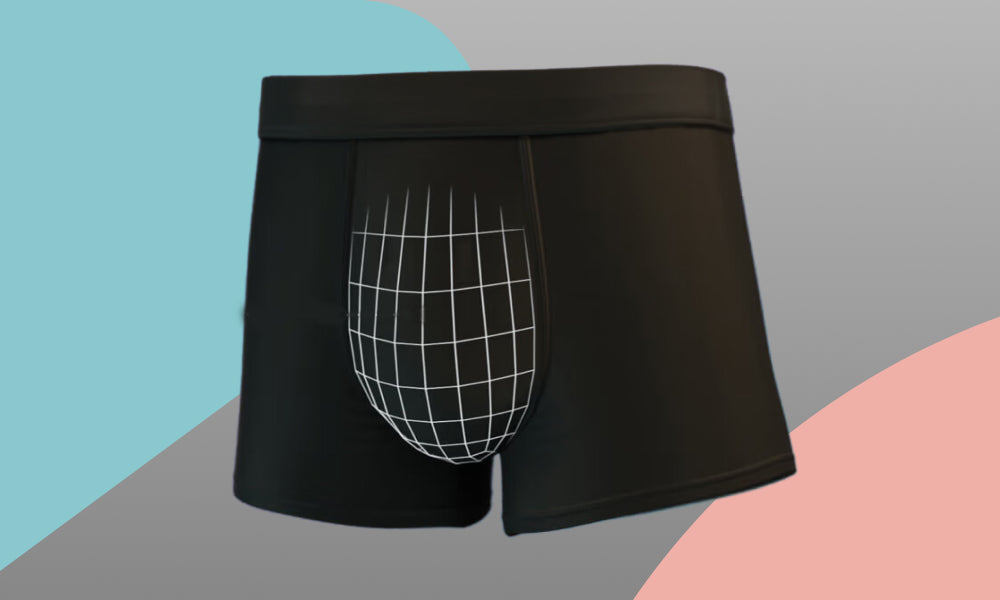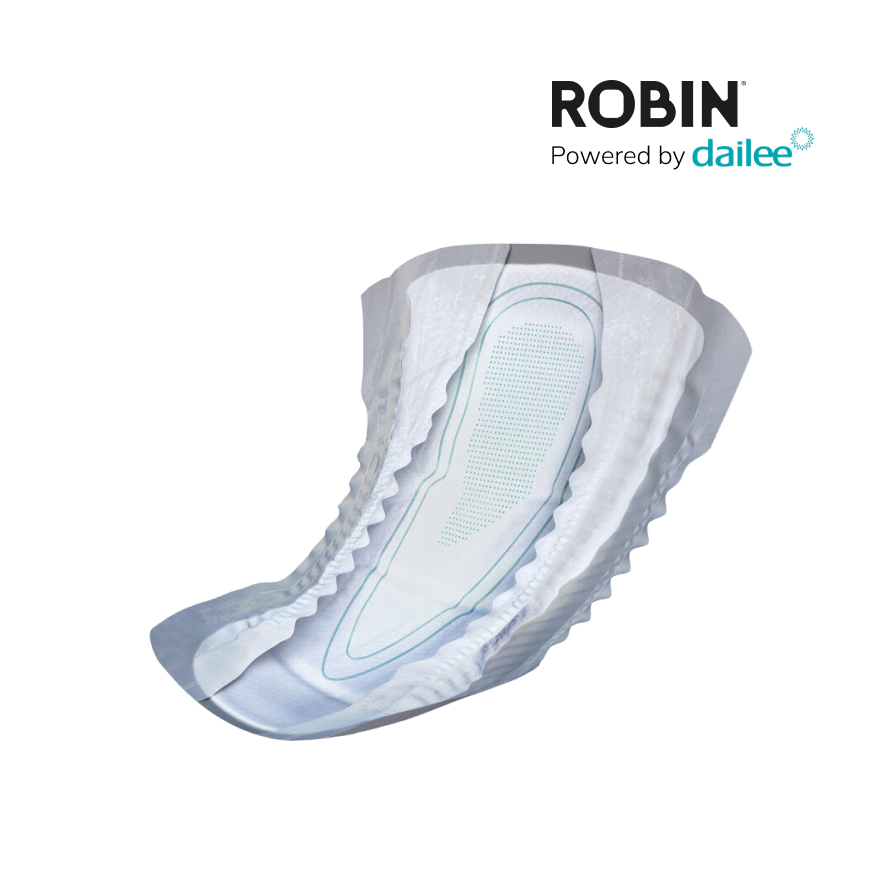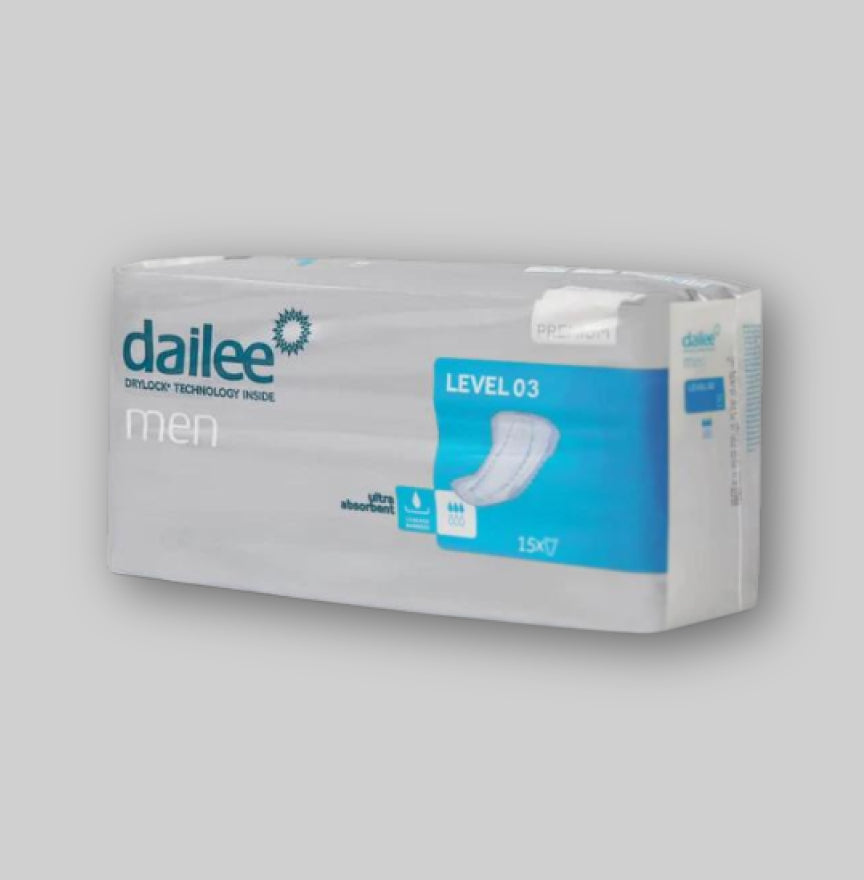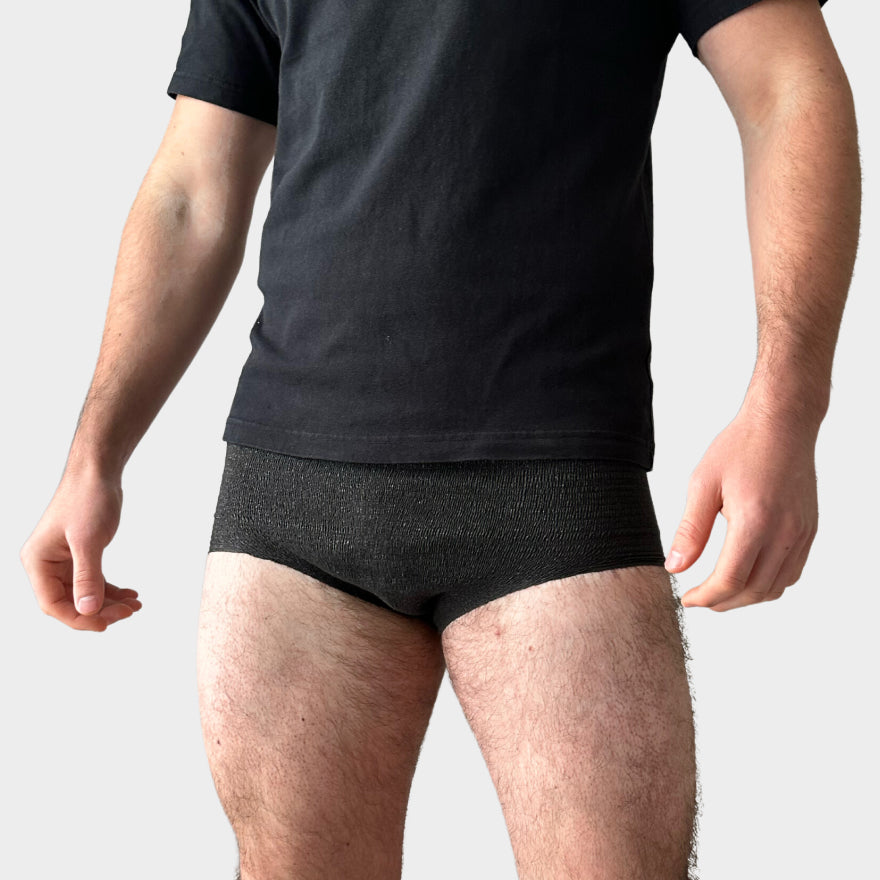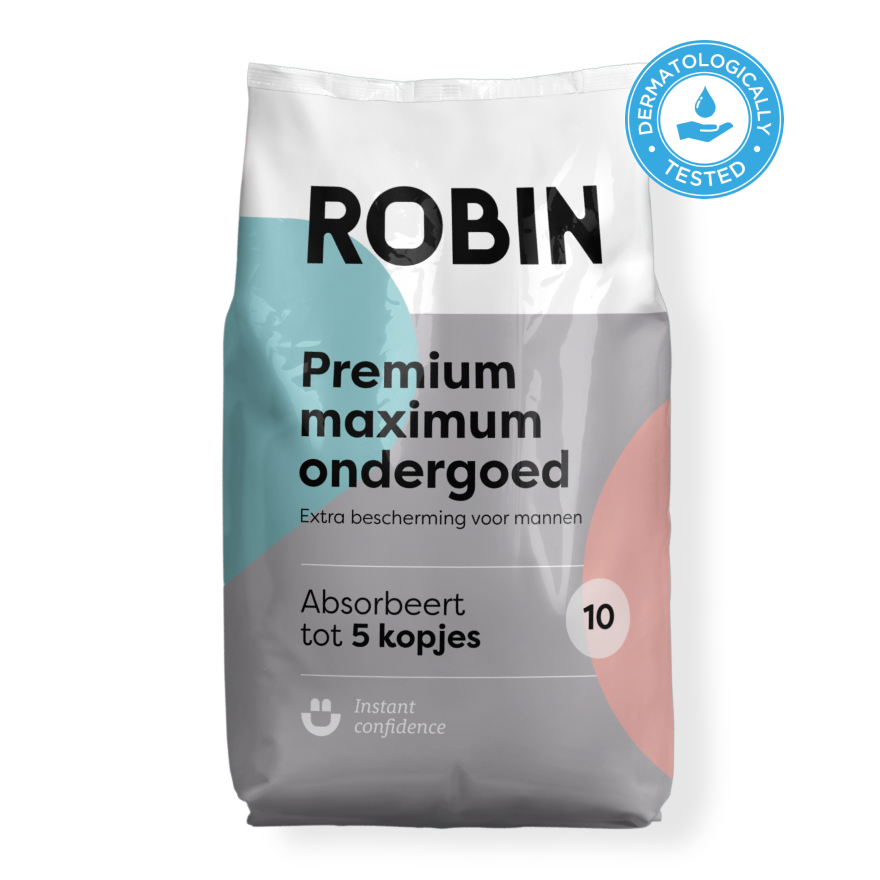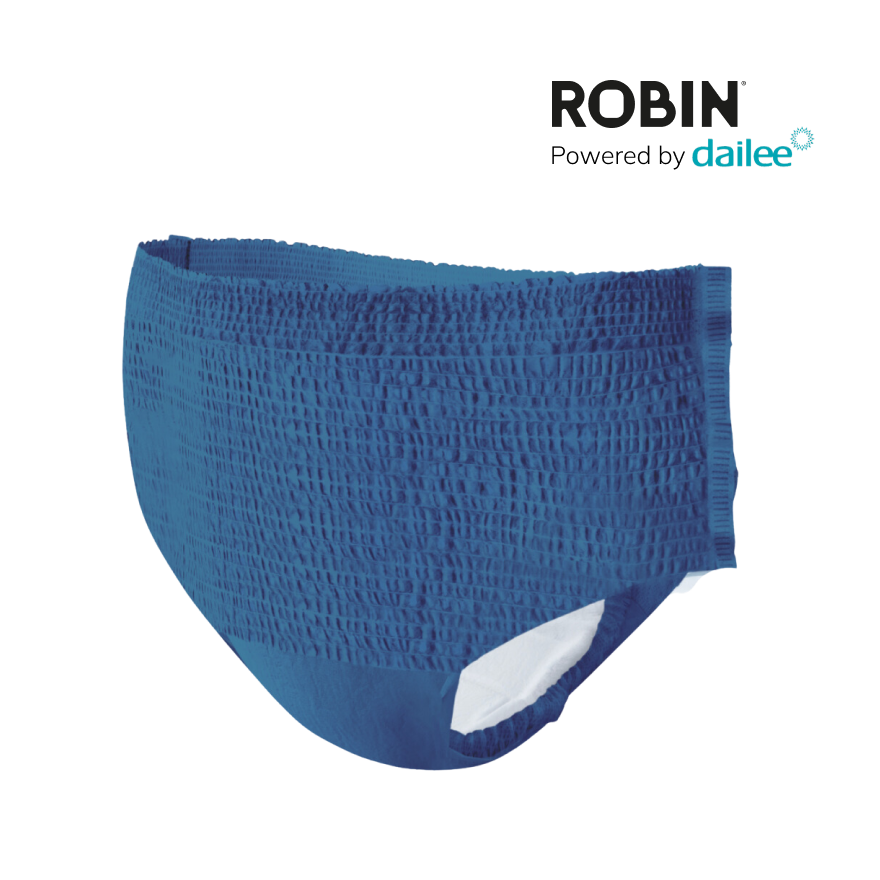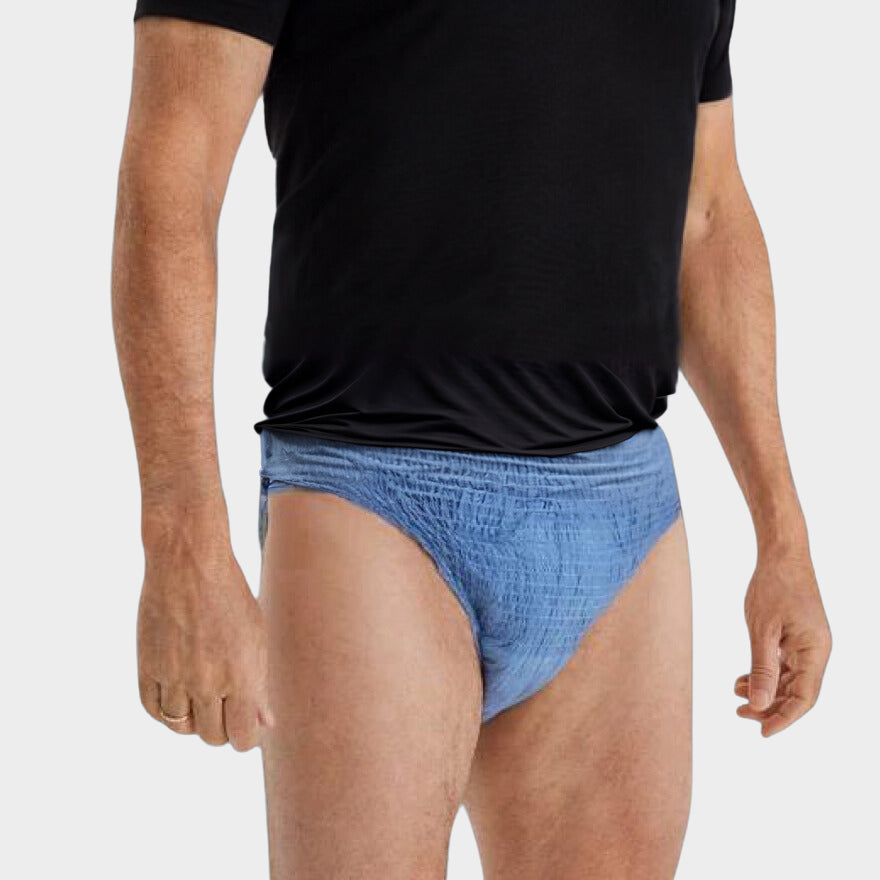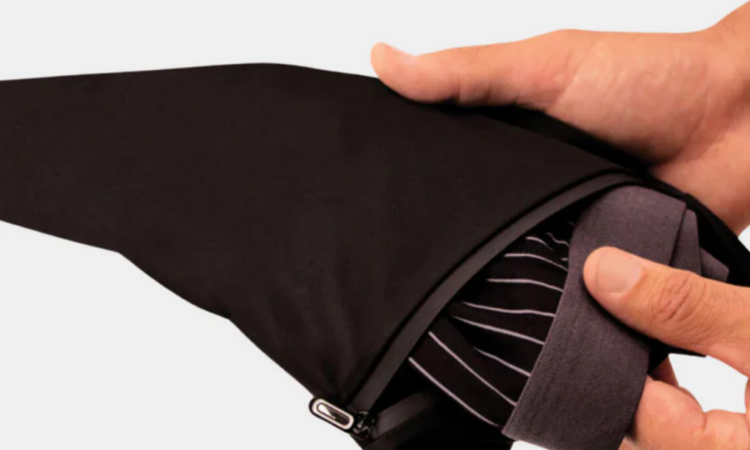Urge incontinence, also known as overactive bladder, is a condition in which there is a sudden and strong urge to urinate. This urge may be so strong that the individual is unable to reach the bladder before urine leakage occurs. The condition can affect both men and women and increases with age, although it can occur at any age.

The causes of urge incontinence are multifaceted and can range from neurological disorders and bladder infections to changes in the bladder itself. While the condition is sometimes associated with specific medical conditions, it can also occur without a clear cause being identified. Treatment for urge incontinence focuses on managing symptoms and pursuing an improved quality of life, with a range of options ranging from exercise to medication or surgery. It is essential to seek professional help at the first signs of symptoms to minimize the impact on daily life.
Definition of Urge Incontinence
Urge incontinence, also called urge incontinence , is a form of urinary incontinence. It is characterized by a sudden, strong urge to urinate that is difficult to suppress. People with urge incontinence often experience leakage of urine before they can reach the toilet.
This condition occurs when the detrusor muscle , which forms the bladder wall, contracts involuntarily. This creates an urgent need to urinate. Urge incontinence can occur in people of all ages, but is more common in the elderly.
Factors that may contribute to the development of urge incontinence:
- Neurological disorders
- Bladder infection
- Bladder stones or tumors
- In women: menopause
- In men: enlarged prostate
Diagnosis of urge incontinence is often made by a urologist after a series of tests, such as a urine test, bladder function test or cystoscopy. Treatment may include lifestyle changes, pelvic floor therapy, medication or surgery, depending on the severity and underlying cause of the condition.
Diagnosis of Urge Incontinence
When someone exhibits symptoms of urge incontinence, such as a sudden and uncontrollable need to urinate, a doctor may use several diagnostic tests and methods.
Medical History
Doctors start with a detailed medical history in which they ask about urinary frequency, volume, and any triggers that cause the urge to urinate.
Symptom diary
Patients may be asked to keep a symptom diary recording their incontinence episodes, fluid intake, and other relevant factors.
Physical examination
A physical examination may include an abdominal examination, a pelvic examination in women, and a rectal examination in men.
| Diagnostic Tests | Description |
|---|---|
| Urine test | Analyzes urine for infections or blood. |
| Bladder function test (urodynamic examination) | Measures how well the bladder and sphincter muscles are functioning. |
| Cystoscopy | Uses a camera to look inside the bladder. |
| Residual urine measurement | Determines the amount of urine left after urination. |
Neurological Tests
To rule out that the symptoms are caused by neurological problems, additional neurological tests may be performed.
Therapies can vary based on the diagnosis, from behavioral modifications such as bladder training to medications or even surgery. Accurately diagnosing urge incontinence is essential to determining the most effective treatment.
Treatments for Urge Incontinence
There are several treatment strategies for urge incontinence that help patients manage symptoms and improve quality of life.
Lifestyle Changes and Bladder Training
- Weight Loss : If you are overweight, losing weight can reduce the pressure on the bladder.
- Fluid control : Limiting caffeine and alcohol may reduce urgency.
- Bladder training : Gradually delaying toilet visits can increase bladder capacity.
Medicines
- Anticholinergics : Reduce bladder spasms and increase bladder capacity.
- Beta-3 adrenergic agonists : Relax the bladder muscle and may reduce bladder overactivity.
Physiotherapy
- Pelvic floor exercises strengthen the muscles that support the bladder.
Medical devices
- Neurostimulation : Impulses help regulate the nerves that influence bladder control.
- Pessary: Supports the bladder and can relieve pressure.
Surgical options
In rare cases, surgery may be an option if other treatments are not effective.
It is essential for patients to talk to their doctor to determine the most appropriate treatment options for their situation.
Impact of Urge Incontinence on Daily Life
Urge incontinence significantly affects a person's daily activities. People with this condition experience a sudden and intense urge to urinate, followed by involuntary leakage of urine. This can make them feel insecure about social activities, work, and travel .
The inability to delay urination results in frequent toilet visits. This can disrupt sleep, leading to fatigue and difficulty concentrating during the day. Lack of sleep can cause other health problems, such as an increased risk of heart disease and depression. Read all about keyhole incontinence here: always go to the toilet first when you get home.
Socially, urge incontinence can lead to isolation. People may avoid gatherings or events for fear of accidents. This can cause feelings of shame and affect self-confidence.
In the work environment, frequent toilet visits can make one feel less productive. It can also increase stress if there is no easy access to toilet facilities. Work-related travel or long meetings can be a source of anxiety.
Physically, skin irritations and infections can occur due to the constant need to wear protective equipment. Psychologically, dealing with urge incontinence can contribute to the development of anxiety disorders and depression.
People with this form of incontinence often seek help from health professionals. Treatments and lifestyle changes can reduce the effects, but it takes time and patience to deal with. It is important that they receive support and understanding from those around them to improve their quality of life.
Prevention and Management
Prevention and management of urge incontinence is aimed at reducing symptoms and improving quality of life. Both lifestyle changes and medical interventions can play a role in this.
Lifestyle advice:
- Fluid Intake: Adjusting the amount and timing of fluid intake so as not to overload the bladder.
- Pelvic floor exercises: Strengthening the pelvic floor muscles with exercises such as Kegel exercises can help improve bladder control.
- Bladder training: Gradually increasing the time between toilet visits to train the bladder.
Medical treatment:
- Medication: Anticholinergics and beta-3 adrenoceptor agonists are often prescribed to calm bladder activity.
- Neuromodulation: Techniques such as sacral nerve stimulation can help modulate the nerves that regulate bladder function.
| Intervention | Goal |
|---|---|
| Lifestyle adjustment | Reduce symptoms through behavioral changes. |
| Pelvic floor exercises | Strengthen pelvic floor muscles. |
| Medication | Regulate bladder activity. |
| Neuromodulation | Nerves that regulate bladder function modulate. |
Patients should be encouraged to follow a consistent regimen and seek professional medical advice for individualized treatment plans. The course of urge incontinence can vary, and therefore an individual approach is important.
Social and Psychological Perspective

Urge incontinence can have significant social and psychological effects. Those affected may feel embarrassed or isolated because of their condition. The sudden and intense feeling of the need to urinate can lead to anxiety about social situations, for fear of having an accident in public.
Social interactions
- Avoidance Behavior : Patients often avoid social events for fear of incontinence.
- Work Environment : Stress can arise from the need to have constant access to a toilet.
Psychological impact
- Self-image : Urge incontinence can affect self-confidence and self-esteem.
- Mental health : There is an increased risk of depression and anxiety disorders in people living with urge incontinence.
Coping strategies
- Information and communication : Being aware of the condition helps you have open conversations with friends and family.
- Professional help : Support from health professionals and therapy can reduce the psychological impact.
People should be aware of the potential impact of urge incontinence on daily life and that support and treatment are available to improve quality of life.
Future Research and Developments

Future research into urge incontinence will focus on improving diagnostic tools, treatments, and management strategies.
Novel Diagnostic Techniques : Scientists are developing advanced urodynamic tests to better understand the underlying causes of urge incontinence.
- Genetic Studies : Efforts are being made to better understand the genetic factors that contribute to the risk of urge incontinence.
Treatment Options : Advances in pharmacology promise the introduction of new drugs with fewer side effects and improved effectiveness.
- Neuromodulation : Research into neuromodulation therapies, such as sacral nerve stimulation, is expanding to improve precision and patient comfort.
Technological Innovations :
- There is an increase in the development of wearable technologies that enable real-time monitoring of symptoms, contributing to personalized care plans.
Lifestyle Interventions :
- Clinical trials are evaluating the effectiveness of different lifestyle interventions to reduce the impact of urge incontinence on daily activities.
Overall, current scientific interest shows clear promise in improving the quality of life for individuals living with urge incontinence. The increasing integration of multidisciplinary approaches promises a more holistic approach to treatment.
